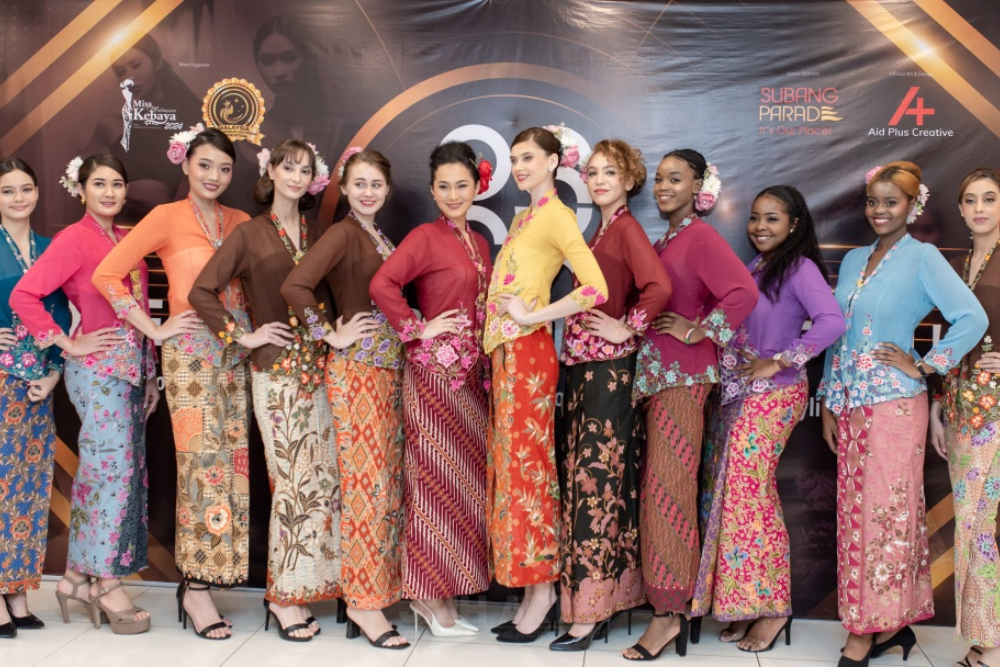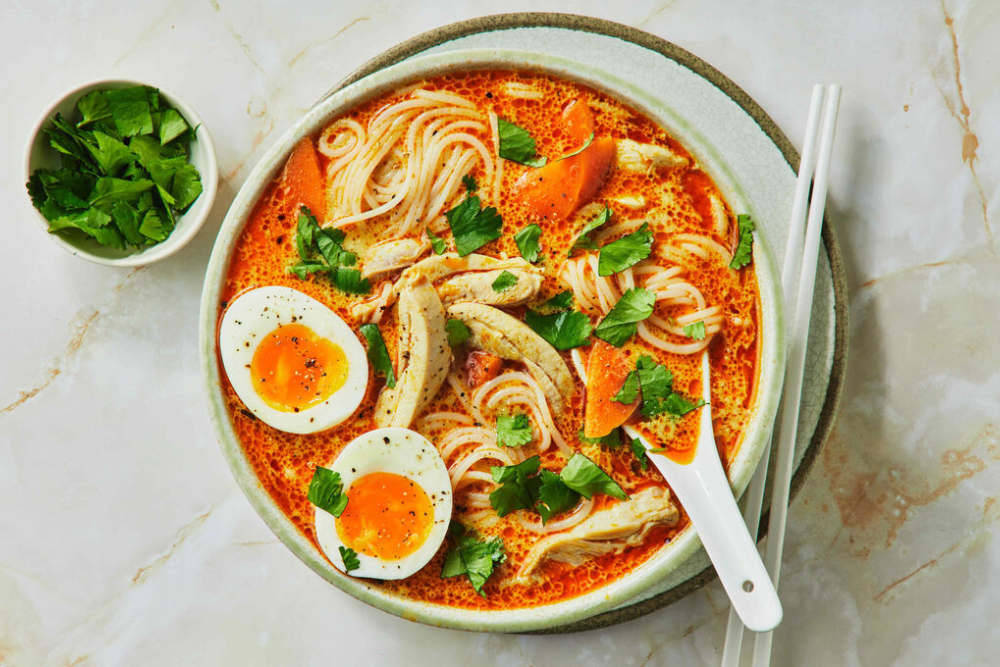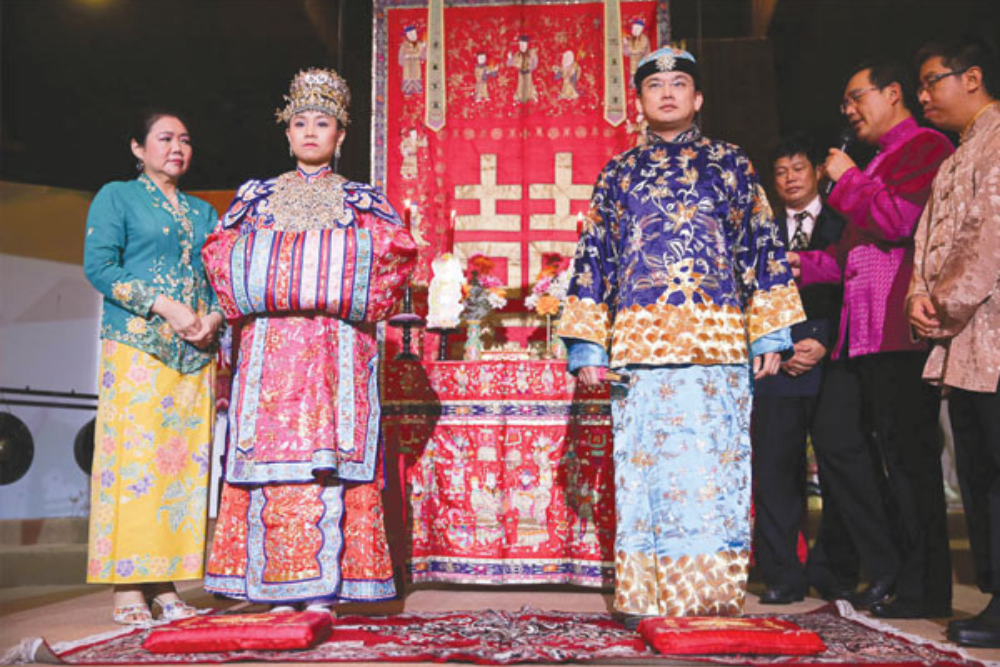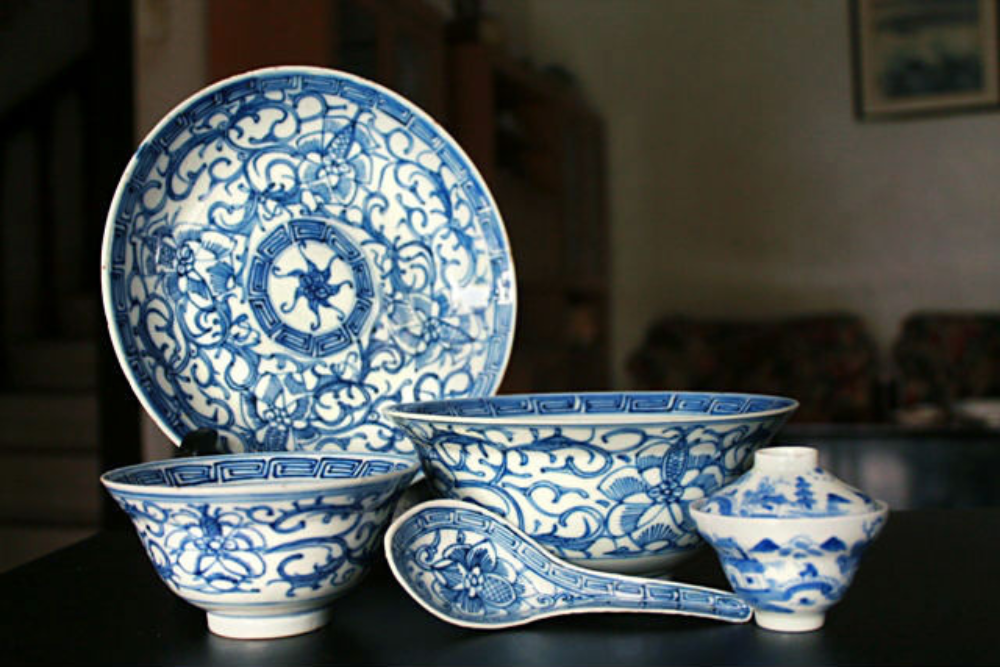The Peranakan culture, also known as Straits Chinese culture, represents a unique fusion of Malay and Chinese influences that has evolved over centuries in Malaysia and Singapore. This vibrant culture showcases a rich tapestry of traditions, customs, and culinary delights that make it a must-explore aspect of Southeast Asian heritage. In this blog, we will delve into the essence of Peranakan culture, its history, customs, cuisine, and more.
The Origins of Peranakan Culture
The term “Peranakan” refers to the descendants of Chinese immigrants who settled in the Malay Archipelago between the 15th and 17th centuries. These immigrants married local Malays, resulting in a unique ethnic group that blended both cultures. The Peranakan people are often referred to as “Baba” (for men) and “Nyonya” (for women), reflecting their heritage.
Language:
One of the most fascinating aspects of Peranakan culture is its language. The Peranakan community speaks a unique dialect known as “Baba Malay,” which incorporates elements of Malay, Hokkien (a Chinese dialect), and English. This rich linguistic blend reflects their multicultural heritage and serves as a means of preserving their identity.
Traditional Attire:

Peranakan culture is renowned for its vibrant traditional attire. Nyonya women typically wear the “kebaya,” a beautifully embroidered blouse paired with a batik sarong. The kebaya showcases intricate designs and bright colors, often made from luxurious fabrics like silk or cotton. Baba men usually don the “baju kurung,” a traditional Malay outfit adorned with distinctive patterns.
These outfits are not just garments; they embody the artistry and craftsmanship passed down through generations. During special occasions, such as weddings or festivals, you can witness these stunning outfits on full display.
Culinary Delights:

Peranakan cuisine is one of the most delicious aspects of this culture. It combines Chinese cooking techniques with Malay spices and ingredients, resulting in an array of flavorful dishes. Some must-try dishes include:
1. Nasi Kandar: A fragrant rice dish served with various curries.
2. Yam Buah Keluak: Chicken cooked with the unique black nut known as keluak.
3. Laksa: A spicy noodle soup that varies regionally but often features coconut milk.
4. Kueh: Colorful bite-sized snacks made from rice flour and coconut milk.
Food plays a central role in Peranakan culture, with recipes often passed down through generations. The cooking techniques are precise, emphasizing fresh ingredients and bold flavors that tantalize the taste buds.
Festivals and Traditions: Celebrating Heritage

Peranakan culture thrives on its vibrant festivals and traditions. One notable celebration is Chinese New Year, where families come together for reunion dinners filled with traditional dishes. Another important event is Hari Raya, marking the end of Ramadan, celebrated with open houses featuring delectable food.
Traditional practices such as “Baba Nyonya weddings” are characterized by intricate rituals that showcase their cultural heritage. These ceremonies often last several days and involve elaborate preparations, including colorful decorations and traditional music.
Arts and Crafts: A Testament to Creativity

The Peranakan community is also celebrated for its artistic contributions. Intricate beadwork is a hallmark of Nyonya craftsmanship—often seen on handbags, shoes, and clothing. Additionally, traditional pottery called “Nyonya porcelain” features beautiful designs that reflect their cultural heritage.
You can find these exquisite pieces in local markets or specialty shops throughout Malaysia, serving as perfect souvenirs for those looking to bring a piece of Peranakan culture home.
Conclusion
In conclusion, Peranakan culture is an enchanting blend of traditions that beautifully captures Malaysia’s multicultural identity. From its colorful attire to mouthwatering cuisine, every aspect reflects a rich history shaped by diverse influences.
If you find yourself in Malaysia or Singapore, immerse yourself in this vibrant culture by exploring local markets, attending festivals, or indulging in authentic Peranakan cuisine at renowned restaurants. Understanding the depth of Peranakan culture not only enriches your travel experience but also fosters appreciation for the diverse tapestry that makes up Southeast Asia.











